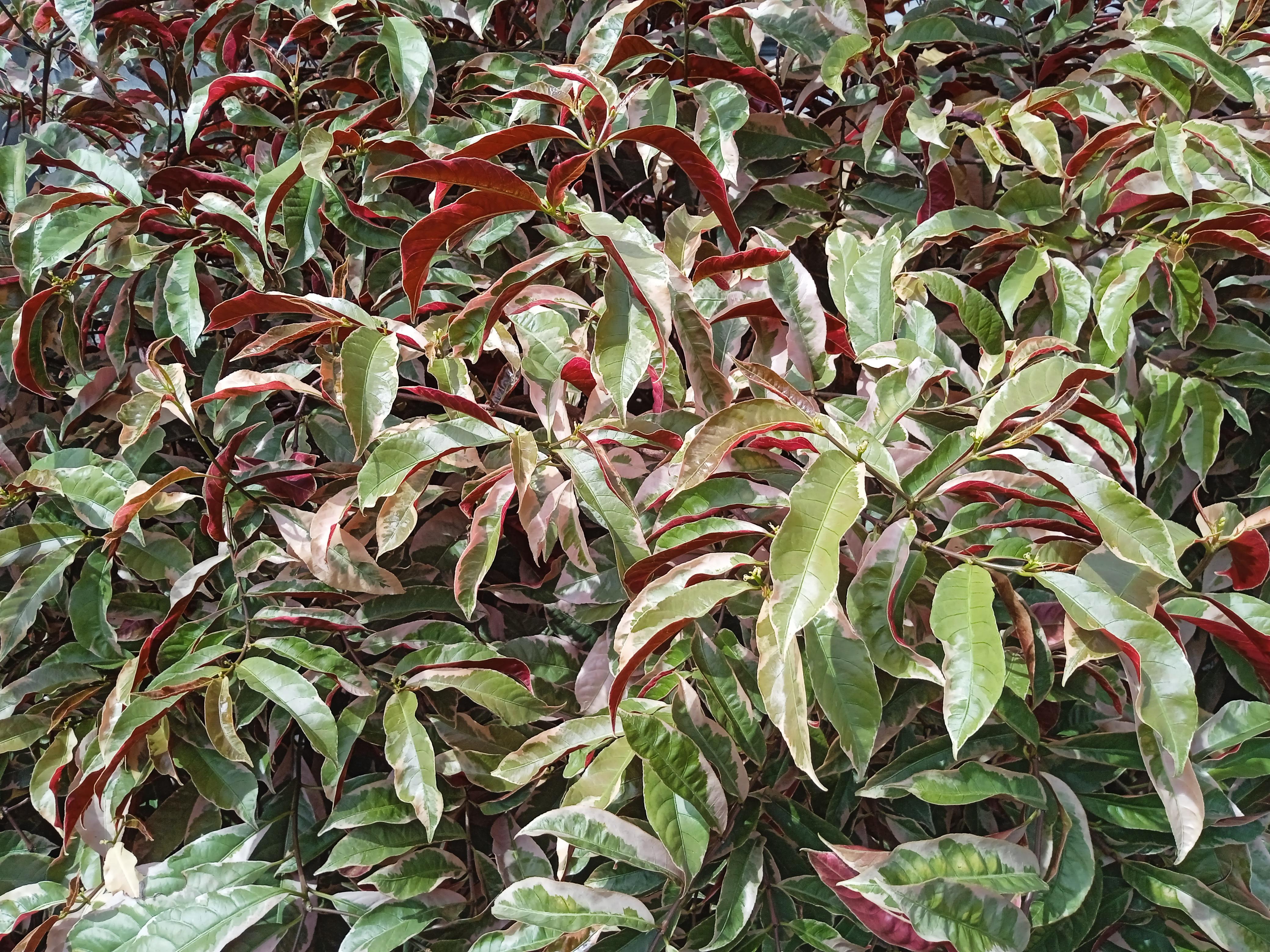
Blindness tree (Excoecaria cochinchinensis)
Blindness tree, also known as Blindness Tree, Variegated Leaf Excoecaria
The blindness tree, also known as the manchineel or beach apple (Hippomane mancinella), is native to the coastal regions of the Caribbean, Central America, and northern parts of South America. It is not to be confused with subtropical shrubs from Southeast Asia and China. Key features of this highly toxic tree include:
1. **Appearance**: It has glossy green leaves that are oval to elliptical in shape, not long and narrow. The leaves do not have a dual color; they are uniformly dark green.
2. **Toxic Sap**: The tree's sap is extremely toxic and can cause severe skin irritation, blistering, and even blindness if it comes into contact with the eyes.
3. **Fruit**: The small, greenish-yellow fruit resembles apples but is highly poisonous.
4. **Habitat**: It thrives in coastal regions, often found near beaches and mangroves.
**Risks**:
- **Skin Contact**: The sap can cause severe dermatitis and blistering upon contact with the skin.
- **Eye Contact**: Exposure to the sap can lead to temporary or permanent blindness.
- **Ingestion**: Eating the fruit can result in severe gastrointestinal distress and can be fatal.
- **Environmental Exposure**: Even standing beneath the tree during rainfall can result in sap-induced burns from water dripping off its leaves.
Awareness and caution are essential to avoid the dangers posed by this hazardous tree.
Key Facts About Blindness tree
Attributes of Blindness tree
Scientific Classification of Blindness tree
Toxicity
Ingestion or significant physical contact with sap.